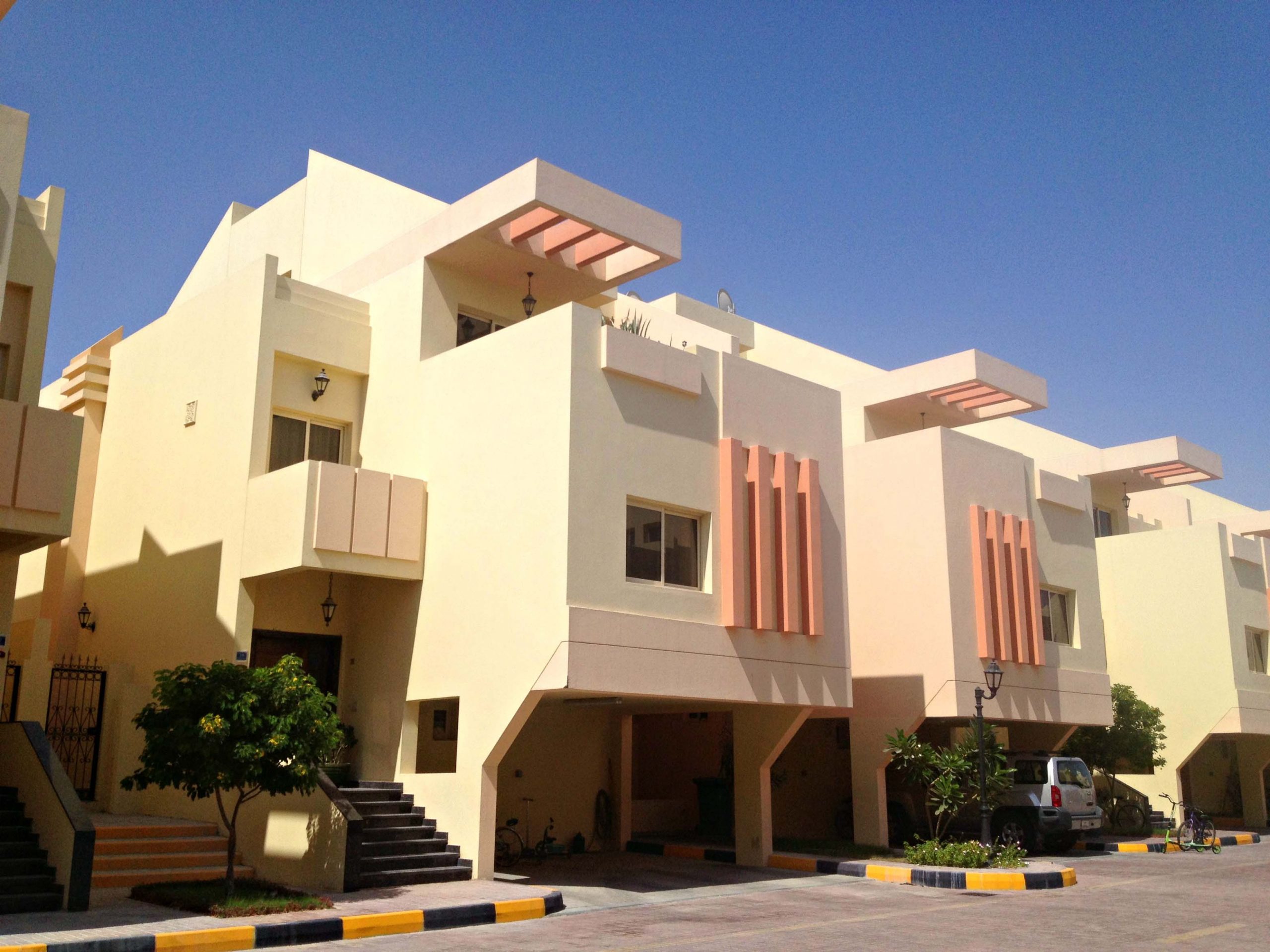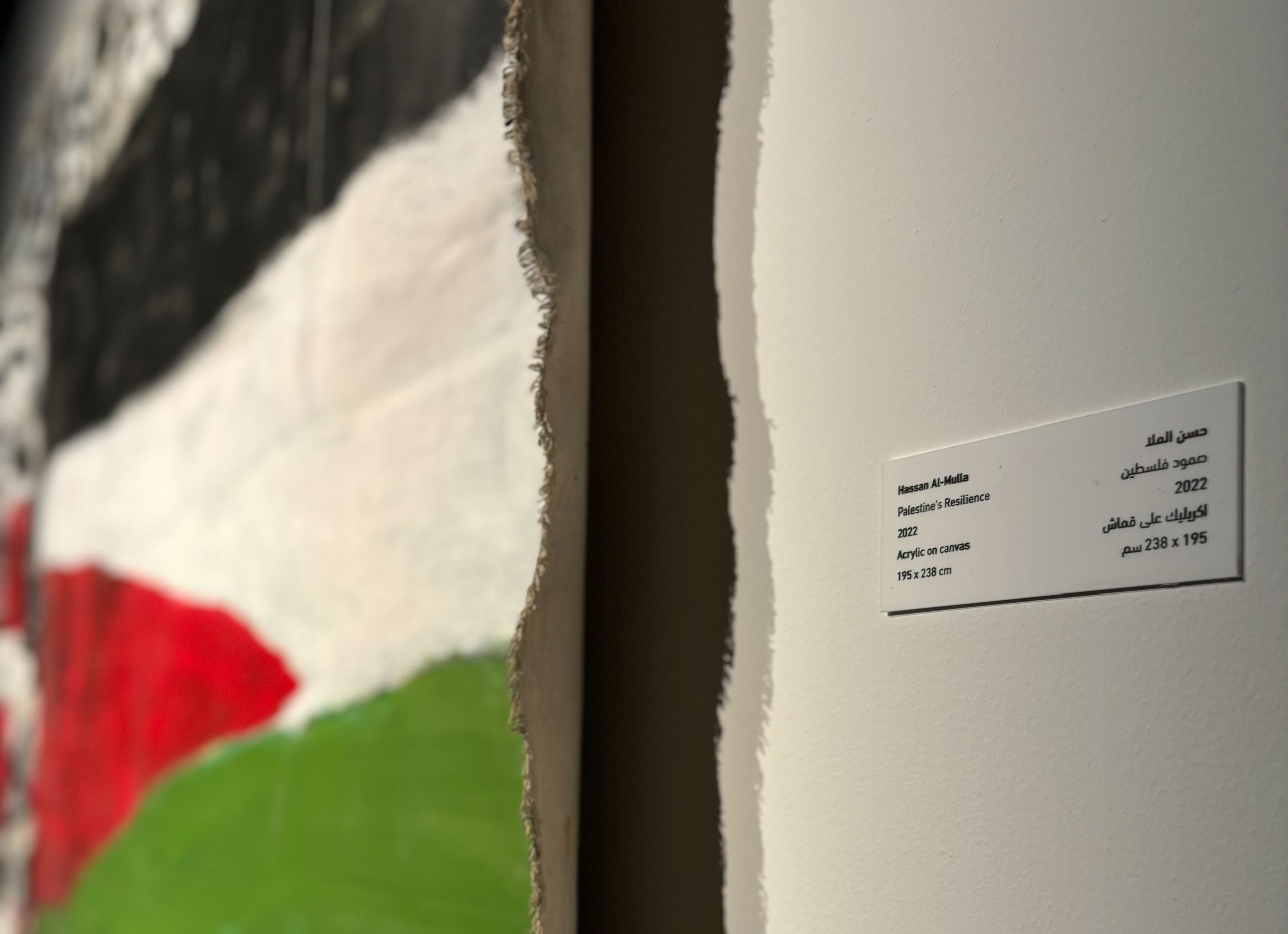
The cost of renting residential property in Qatar continued to climb last month, and is now rising at a higher rate than some expected, according to newly released government figures.
September’s consumer price index (CPI) shows that rent, domestic fuel and energy costs rose by 8.1 percent over the same month last year – the highest increase in recent years, and an acceleration from August’s figures, which showed inflation in this sector at 7.9 percent, year-on-year.
The rise is predominantly due to continued hikes in residential rent, and is higher than Qatar National Bank (QNB’s) forecast of around 7 percent that was expected through the end of 2014.
In its report published last month, QNB predicted that sustained population and economic growth, along with rises in land prices, would have a knock-on effect on the cost of renting property in Qatar. Annual increases could reach 8.5 percent by 2016, it added.
Qatar’s population now stands at nearly 2.19 million and is expected to keep climbing each month to reach 2.5 million by 2016, the bank said.
In a country where the vast majority of expats rent property, and where the cost of rent accounts for around a third of the average expat’s monthly expenditure, rises of this nature have a significant impact on residents’ wallets.
Overall costs
Qatar’s overall cost of living has stabilized since last month, with figures from the Ministry of Development, Planning and Statistics showing September’s year-on-year inflation at 3.6 percent, compared to 3.8 percent for August.

Prices for food, drinks and tobacco have remained moderate, showing increases of 0.9 percent since last year, while the cost of entertainment, recreation and culture has remained effectively static since September 2013 (0.2 percent rise).
However, the cost of furniture, textiles and home appliances are ahead of the overall cost of living, with an increase of 5.2 percent since last year.
And the coming years are predicted to be more of the same, with Qatar projected to have the highest rate of inflation for the cost of consumer goods in the GCC by the end of this year.
IMF predictions
In its latest edition of the World Economic Outlook, which was published earlier this month, the International Monetary Fund (IMF) forecast Qatar’s CPI to increase 3.4 percent by the end of 2014 – the highest in the GCC.
The IMF projected that inflation would nudge up even higher by the end of next year to 3.5 percent, matched only by Kuwait. By comparison, consumer prices in Saudi Arabia are expected to increase by 3.3 percent and 2.8 percent in the UAE in 2015.
At a property forum earlier this week, real estate expert Edward Brookes from DTZ Qatar said he expected rents to continue to increase in the coming two years, as Qatar’s population swells.

But as more property becomes available for rent, particularly at The Pearl and Lusail, “supply will catch up with demand and rents will stabilize,” he told the Peninsula.
The official figures reflect residents’ experiences that Qatar is becoming an increasingly expensive place to live, with some people reporting rent hikes of several thousand riyals recently:
https://twitter.com/pwhiteley41/status/522277388437032960
@LesleyWalker17 @dohanews 1500qr increase at the pearl when we renewed this summer! It seems to be the new going rate for the island
— Fritzie (@fritziedarcy) October 15, 2014
@LesleyWalker17 @dohanews our flat rent was increased by 1000qar…in Mughalina
— Ash M. (@Ash_OM08) October 15, 2014
Meanwhile, a survey released last week for Expat Insider ranked Qatar one of the least attractive places for expats to live, as it came in 58th place out of 61 countries rated.
One of the key factors affecting expats’ views of the country was the cost of living.
Thoughts?







